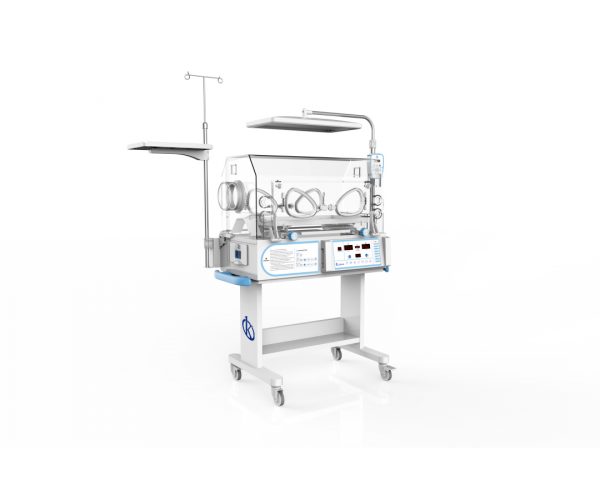Elective phototherapy has been used for several decades as a successful treatment for neonatal jaundice, a condition that results from an abnormal accumulation of bilirubin in the body. This condition usually develops between the first and fourth day of life. Elective phototherapy is used as a powerful treatment for lowering the level of bilirubin in the blood of newborns. The last decade has seen a steady and continuous supply of scientific, industrial and technological advances to support effective monitoring of the impact of phototherapy on newborns.
One of the main concerns of clinicians when choosing phototherapy as an effective treatment for neonatal jaundice is to monitor the long-term effects of this therapy. For this reason, the use of a remote monitoring device to provide accurate information about treatment has become an essential part of the process.
Thus, the technology provided by Kalstein allows doctors to gather information about the infant’s healing history and response to treatment. Thanks to the phototherapy units that have natural air circulation system and RS-232 connector, which can help the doctor detect any medical complications related to early jaundice and provide appropriate treatment.
Important Points
One of the key aspects of monitoring the effects of phototherapy is controlling the temperature of the baby under treatment. Infants are particularly vulnerable to overheating because of the removal through the skin of heat absorbed by phototherapy devices. The use of remote monitoring systems can allow clinicians to monitor all relevant parameters in real time, such as skin temperature, light flow from phototherapy devices, delivery of maximum light limits, and oxygen saturation. This would help doctors better manage the risks of medical complications associated with phototherapy. Remote monitoring also has the potential to improve the quality of newborn care by enabling the doctor to monitor the progress of treatment remotely.
Monitoring Systems
Modern systems allow clinicians to access data from the phototherapy device directly from any location, allowing them to track treatment through incubators in real time. Such remote monitoring would undoubtedly help improve treatment outcomes by providing rapid diagnosis and treatment, as well as encouraging closer engagement with the parents of infants under treatment.
Methods for monitoring the effects of phototherapy also include the use of specialized devices, such as anterior fontanelle and skin temperature (TFT) indicators and blood flow indicators (BFRs). TFT devices allow monitoring of room temperature as well as the degree of redness or irritation. DFB devices provide information about the newborn’s superficial blood flow rate.
Therefore, neonates should be moved at least every ten minutes to avoid prolonged exposure. Monitoring also includes appropriate use of clothing to reduce contact with light.
Incubators of Children’s Phototherapy brand Kalstein
Kalstein’s Infant Phototherapy Incubators are market-leading equipment, ideal for complying with jaundice treatments in newborns. The same, corresponding to the YR series, has X-ray cassette, mattress inclination and baby skin mode. Among other features you can learn from our catalog HERE At Kalstein we are manufacturers of the best laboratory equipment. We have the best advice so that your purchase is the most appropriate and at excellent prices. For more information, visit our website HERE

